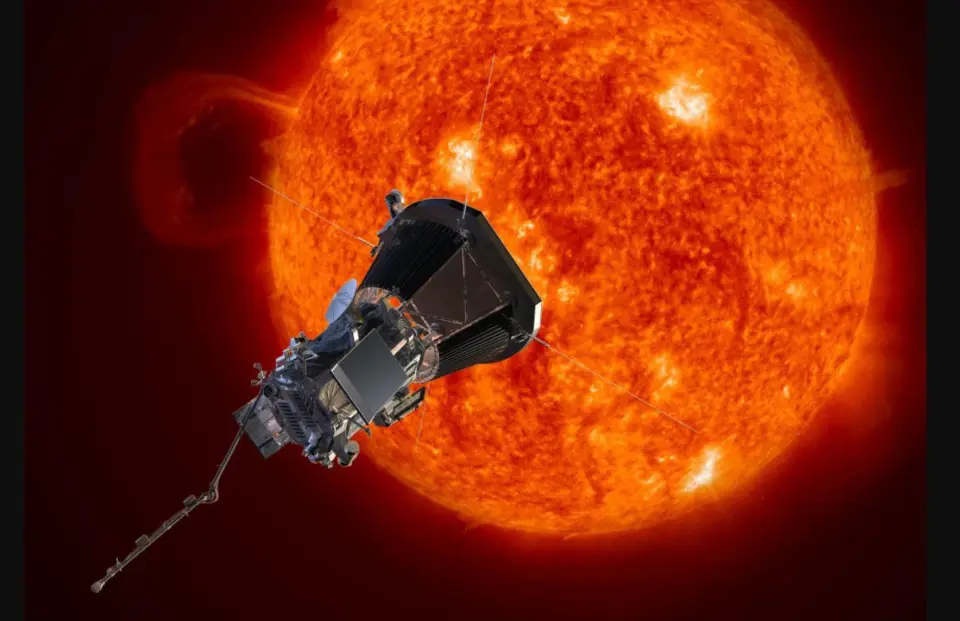Scientists and space agencies worldwide are on high alert as solar activity surges to unprecedented levels. Recent solar flares have registered temperatures of 108 million degrees Celsius, raising concerns about potential impacts on satellites, astronauts, and global communication networks.
The Science Behind the Surge
Solar flares are sudden bursts of radiation caused by the release of magnetic energy from the Sun’s surface. The latest surge represents one of the hottest flares recorded in recent decades, significantly increasing the likelihood of disruptions to both space-based and terrestrial systems.
Intense solar flares can:
- Damage satellites: High-energy particles can interfere with onboard electronics, causing temporary or permanent malfunctions.
- Disrupt communications: Radio signals, including GPS and aviation communications, may experience interference or outages.
- Endanger astronauts: Exposure to high radiation levels can pose serious health risks for astronauts aboard the International Space Station or other missions.
Global Impact on Technology
The heightened solar activity has prompted warnings from NASA and the European Space Agency (ESA). Industries reliant on satellite data—such as aviation, maritime, and telecommunications—are advised to monitor updates closely and activate contingency plans.
While Earth’s magnetic field offers some protection, experts emphasize that technology-dependent systems remain vulnerable. Satellite television, GPS navigation, and internet services could face temporary interruptions.
Preparing for Solar Storms
Experts recommend strategies to minimize risks, including:
- Shielding sensitive satellite electronics from radiation exposure.
- Adjusting spacecraft orientation to reduce particle impact.
- Implementing alert systems for astronauts to take shelter in shielded areas during solar storms.
- Maintaining backup communication systems for industries dependent on satellite connectivity.
Looking Ahead
Solar activity follows an approximately 11-year cycle, and scientists anticipate that the Sun is approaching a peak. This could lead to more intense flares in the coming years, underscoring the importance of continuous monitoring, early warning systems, and proactive technological safeguards.
The recent surge to 108 million degrees Celsius serves as a stark reminder of humanity’s reliance on satellites and the critical need for global preparedness against solar hazards.

